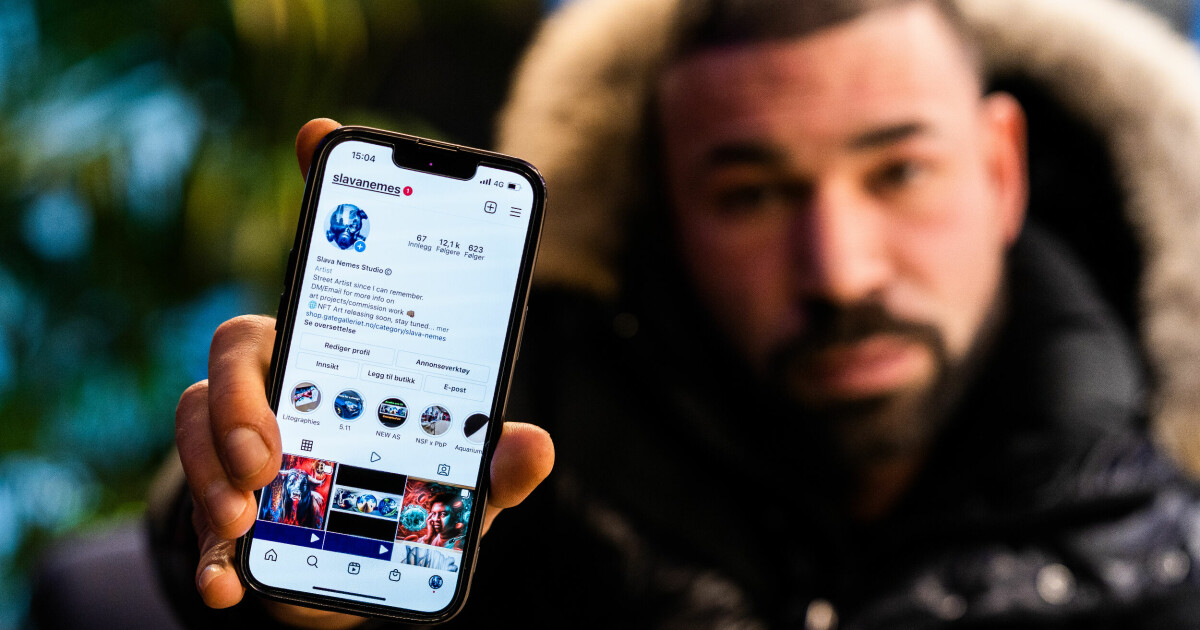Telia tested the ultimate 5G technology in Oslo
A millimeter wave is on its way.
5G is actually a lot of technologies, and even if you have the logo on your phone today, Norway’s mobile networks are far from delivering everything that’s on 5G plans.
An exciting new piece of technology is now being tested in Oslo and Trondheim, and it can deliver absolutely phenomenal speeds. We are talking about the so-called millimeter wave, often abbreviated to mmWave.
In Telia’s own tests, it gets close to 4 Gbps, but it can also provide a response so fast that it’s suitable for gaming, or ensure that several people are enjoying good speeds at the same time.
Currently, in the current equipment, 5G was used only on “normal” frequencies, and it is used alongside the old 4G network.
The disadvantage of “old” frequencies is that the lower the frequencies you have, the longer they will last, but the less data they can carry. The longer the distance between the peaks of the radio signal, the higher the response time and the lower the bandwidth. 4G transmitters with very long range are less suitable for gaming than those with shorter range.
As long as the wireless signals have the same frequencies, they do not change much for the 5G network.
In native language, Norwegian 5G today is called “sub 6” because it’s below 6 GHz – and thus within the 700 MHz and 3.6 GHz range that has long been used for mobile phones.
The so-called millimeter wave is named because of the physical distance between the wave crests in the signal. It comes fast and close – and it can carry a lot of data. But it doesn’t necessarily reach through your concrete wall.
It is true that mmWave is less able to penetrate walls. So it probably won’t be possible to cover indoor spaces in general for “most people”. On the other hand, we believe that this technology can be used in a number of industrial contexts, in arenas and sports festivals, explains Georg Svendsen, Head of Infrastructure at Telia Norway.
Additionally, Svendsen says the technology can be used for cable-free broadband delivery. The so-called “fixed wireless access”, or tight wireless internet. Here we are talking about directional antennas that point directly towards each other instead of the usual “everywhere” coverage.
It’s also the kind of 5G access that the Telia leader envisions one can play with.
– Would you like to expand some mmWave population coverage, or would it be for stadiums and hubs?
As it now appears, mmWave will probably not be used for general population coverage or surface coverage, but rather for areas where there is an additional need for the capacity or speed that mmWave can provide, for example in densely populated areas.
A common problem with older mobile technologies is their ability to deliver high speeds to a few – but once many congregate in the same place, there is rush hour traffic in the air, and access is cut off.
You may have attended concerts or major transportation hubs and tried to submit your photos without going through. There is one important thing 5G can fix over these extra high frequencies.
When asked by Svendsen if small cells, i.e. smaller internal mobile transmitters, might be relevant to the 5G network, Svendsen answered in the affirmative. These small transmitters can be used to improve coverage indoors where it is difficult to reach.
– Absolutely! With these high frequencies, it enables the use of small cells to a large extent.
In the past, a problem was that mobile networks had to be very carefully planned in order to prevent small cells from interfering with the normal activity and coverage of the mobile network.
When asked when most people can experience this extreme type of 5G network, there is little concrete to get:
– The National Communications Commission (Nkom) has not set a time for the auction of frequency on the 26 GHz band, but we hope for the end of 2022. Moreover, mmWave is not visible in the network, Svendsen explains.
The latter means that it is practically necessary to get the boxes and antennas to the base stations to use the technology. Not compatible with 5G equipment that already exists.
Svendsen confirms that equipment for using mmWave is available worldwide, and is in use in the USA.
Should customers gamble on purchasing a mmWave compatible iPhone in the US to use at home?
– We don’t recommend it. We don’t yet know when the frequencies will be available, and we haven’t specified the scale at which this network will be rolled out. Our focus now is on testing.
Are you expecting popcorn or getting covid by mmWave? In short – is there any support for any of the many, many claims about the technology?
– At Telia, we are very interested in providing technology and services that are not harmful to human health or the external environment, and we constantly follow the guidelines, advice and reference values from the Norwegian authorities that evaluate relevant research, make measurements and risk assessments, answers Svendsen very dryly.

“Web specialist. Lifelong zombie maven. Coffee ninja. Hipster-friendly analyst.”





